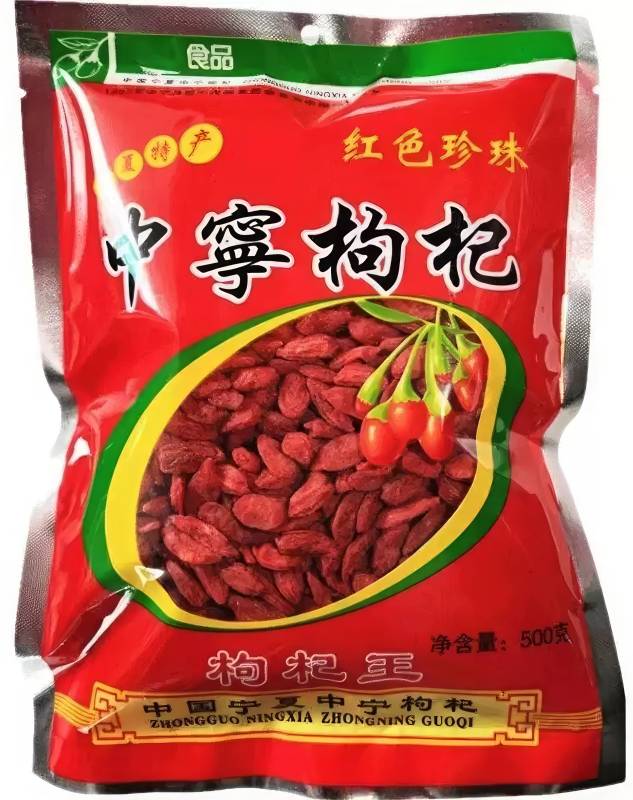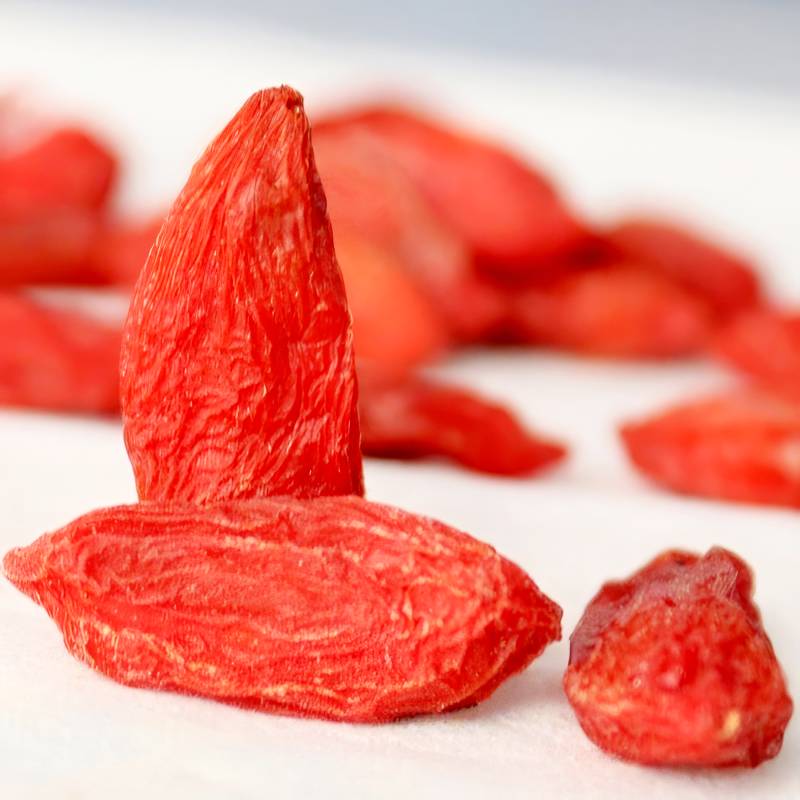The red fruits of the Chinese gooseberry ( Lycium chinense ), also called Goji or Wolfberry, are literally packed with active substances that have a beneficial effect on a whole range of processes in our body. In addition, they are also very beneficial from a nutritional point of view, as they contain important minerals, vitamins, amino acids, trace elements and polysaccharides. It could therefore be said that this is a superfood, which has no analogues due to the amount of active substances represented.


In traditional Chinese medicine, its fruits are considered the “key to longevity”. Chinese gorse has been used in China for centuries. It is mainly used as a dietary supplement or prepared in the form of tea. In addition to fruits, leaves, bark and roots are also used. The use of the fruit dates back to the end of the Ming Dynasty (1368–1644) in China.
While Chinese gorse ( Lycium barbarum ) grows mainly in the north of China, Chinese gorse dominates the southern regions for a change. Although goji gained the greatest fame in traditional folk medicine, they have also established their reputation in neighboring Asian countries such as Vietnam, India, Japan and Korea. At the same time, you can come across the processing of leaves, flowers, bark or roots.

Chinese gorse is widespread in Asia from Southwest Asia through Pakistan, Nepal, China and Mongolia to Thailand, Japan and Korea. It is also grown in Vietnam, Java and the Hawaiian Islands.
Goji, which is offered on the market, is predominantly mislabeled as Chinese goji berries. Most of the goji grown in China and exported abroad are the fruits of a foreign goji plant, or culturally bred cultivars obtained by hybridizing a foreign goji plant with other types of goji plants. Goji are therefore the fruits of the same goji plant, which grows commonly domesticated even in the warmer regions of the Czech Republic.






